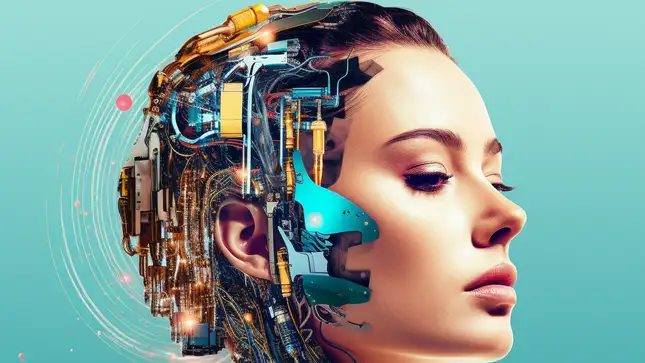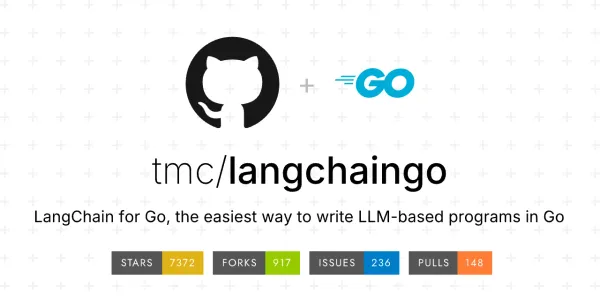New AI Tools To Revolutionize Your Workflow – Try Them Now!

One year ago, the internet was abuzz with a viral video of Will Smith eating spaghetti. It was clear to most that the video was fake, and it became a source of humor rather than concern. Fast forward to 2024, and the advancements in generative AI have taken a significant leap, making the once amusing Will Smith spaghetti video a serious example of how far this technology has come. If the progress doesn’t slow down, it could disrupt Hollywood, potentially rendering our beloved stars obsolete. In today’s article, we’ll explore five groundbreaking generative AI tools that you can use right now.
The Rise of Generative AI
Generative AI has progressed rapidly over the past year. A few months ago, OpenAI introduced Sora, showcasing a series of impressive AI-generated videos. Google soon followed with its own model, Vo, which also garnered attention. However, the latest and perhaps most striking development comes from China, where a new model named Kling was released. This model can generate videos up to two minutes long at 30 frames per second, surpassing Sora in quality. Yet, these models are not available to the general public.
Introducing the Dream Machine
Fortunately, a new tool called the Dream Machine by Luma Labs is now accessible. It allows users to create relatively realistic video clips. For instance, I used it to generate a video of two old men doing yoga, and the result was nearly indistinguishable from real life, except for some minor details like the appearance of fingers. This is the same tool used to generate the realistic Will Smith eating spaghetti video. Despite its impressive capabilities, it currently lacks practical or commercial applications, primarily serving to generate lifelike, albeit unsettling, simulations.
The Importance of Data in AI
Generative AI and large language models (LLMs) rely heavily on data. Collecting data from the web used to be a complex and costly process, involving the setup of proxy networks, web unblockers, and dealing with various technical challenges like browser fingerprinting. However, with the advent of residential proxies and web automation tools like Selenium, Puppeteer, and Playwright, large-scale web scraping has become more feasible. Enter Bright Data, the sponsor of today’s video. Bright Data offers a scraping browser API that simplifies web scraping, eliminating the need for proxies and web unblockers, thus making data collection more efficient and affordable.
Stable Diffusion 3: A New Benchmark in Text-to-Image Models
Stable Diffusion 3 (SD3) is the latest text-to-image model, recently released with impressive capabilities. Although it’s only available under a non-commercial license, the quality it delivers is outstanding. SD3 can generate high-quality images from text prompts, making it a significant advancement in the field. For those with AI-generated companions, upgrading to this model is a game-changer, as it offers a more visually appealing and realistic representation compared to previous versions.
Sound Effect Generation with 11 Labs
Another noteworthy tool is the sound effect generator from 11 Labs, the same company behind my synthesized voice. This tool allows users to describe the desired sound effect, and it generates multiple versions. Here’s a fun challenge: Can you distinguish between a real sound and an AI-generated one? This technology demonstrates how AI can produce high-quality audio effects, blurring the lines between reality and simulation.
Code Generation: The Future of Programming
AI in code generation has made significant strides, although it’s not yet perfect. A French startup, Mistol, recently released a new model called Codestrol. While it performs exceptionally well on coding benchmarks, it’s still limited by a non-commercial license and struggles with some basic tasks, like centering a div. AI-generated code has its skeptics and enthusiasts. On one end, there are developers striving for AI to write nearly all their code, while on the other end, some believe AI-generated code is far from industry standards. The reality likely lies somewhere in between.
One practical tool for AI-assisted coding is Cursor, a fork of Visual Studio Code. This AI-focused code editor allows users to write code using natural language, providing context from existing codebases or documentation. It even offers code reviews, making it a powerful tool for developers looking to leverage AI in their workflow.
Conclusion
Generative AI has come a long way in just a year, with tools like the Dream Machine, Stable Diffusion 3, and various code generation models pushing the boundaries of what’s possible. While there are still challenges and limitations, the progress made by these technologies is undeniable. As AI continues to evolve, it’s crucial for developers, content creators, and industries to stay informed and adapt to these advancements.
This has been the Code Report. Thanks for reading, and stay tuned for more insights into the ever-evolving world of AI.



